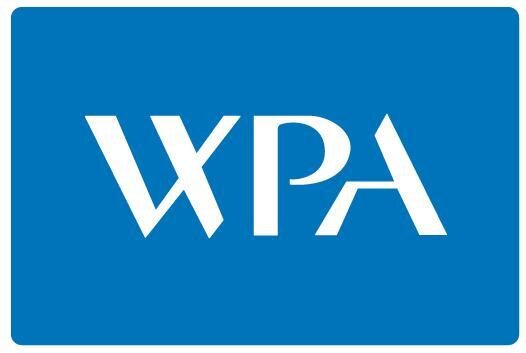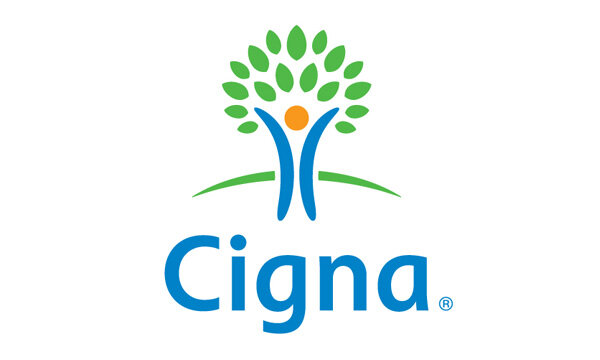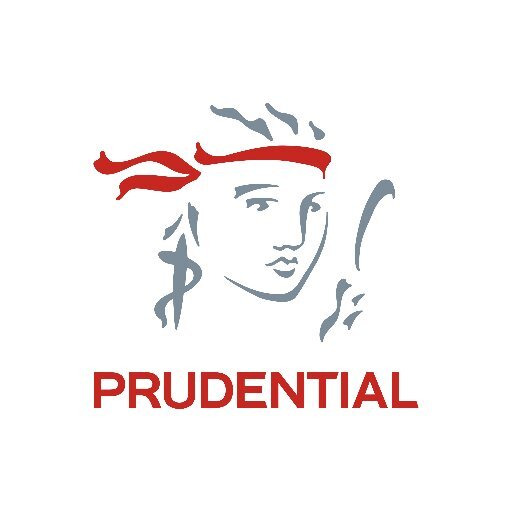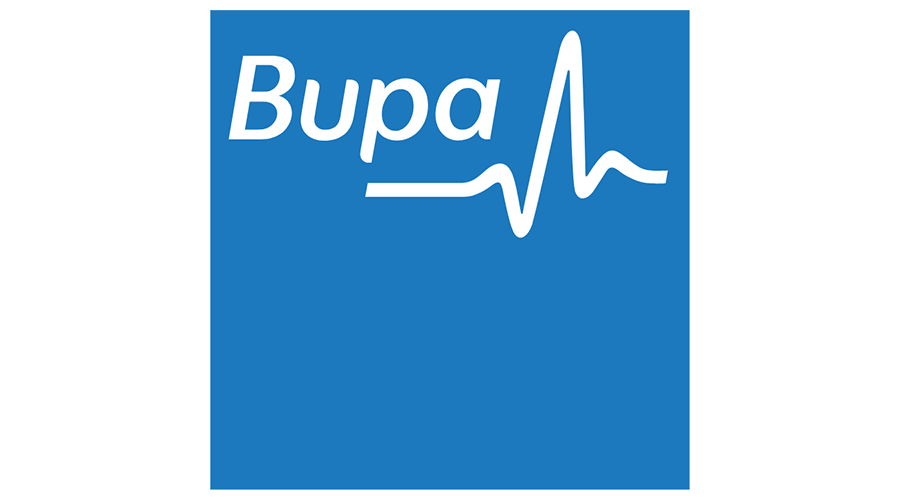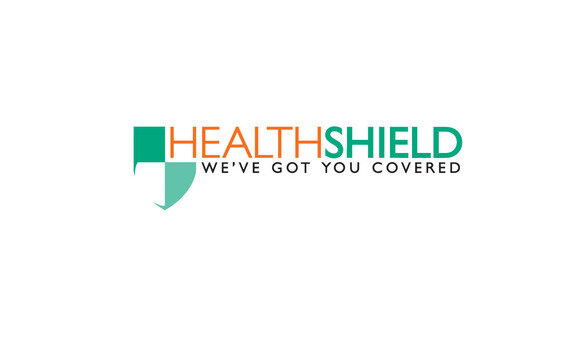Traditional Chinese Acupuncture
At Liverpool Street Physiotherapy, we offer medical and traditional chinese acupuncture as a complementary treatment alongside our physiotherapy and osteomyology services. Acupuncture involves the insertion of fine needles into specific points on the body to influence the flow of energy within the network of energy circulation.
The acupuncture treatment focuses on stimulating energy movement in a specific energy subdivision, along with local points to target the desired effect. Typically, three energy-moving needles are inserted bilaterally in the extremities, along with focusing needles inserted at trunk points that influence the organs being stimulated or tender muscular points in the region of the pain. The insertion of acupuncture needles is generally painless. It can induce muscle relaxation in dysfunctional tissue, stimulate blood flow, and reduce sensitivity to pain. As a result, acupuncture can provide significant symptom relief from the first treatment without causing soreness often associated with soft tissue techniques. This makes acupuncture a careful and non-invasive approach, particularly suitable for acute conditions where movement is painful for the patient.
Dr. Chris uses acupuncture as an adjunct to his physiotherapy and osteomyology skills. If he believes acupuncture is appropriate and may benefit your condition, he will discuss it with you to obtain informed consent. The choice to include acupuncture in your treatment plan is always yours.
During an acupuncture session, Dr. Chris typically uses four or more sterile ultra-fine needles, which are left in the body for about five minutes. After the removal of the needles, he may employ other manual techniques to further enhance the desired tissue changes. Patients generally find acupuncture treatment to be comfortable and relaxing. Many experience relief from symptoms and improved overall well-being through the combined approach of physiotherapy and acupuncture.
Please feel free to reach out to us if you have any questions or would like to discuss whether acupuncture may be beneficial for your specific condition and treatment goals.
The Benefits of Physiotherapy at Liverpool Street Physio
At Liverpool Street Physio, where we offer highly specialised and innovative physiotherapy services designed to enhance your recovery and improve your overall well-being. Led by Dr. Chris, a dual-trained Physiotherapist and ultrasound expert, our team is dedicated to providing comprehensive assessments, ultrasound scans, and ultrasound-guided injections all in one convenient visit.
Experience the Benefits of Ultrasound-Guided Injections
Superior Pain Relief and Lasting Results:
Our use of ultrasound guidance ensures precise and accurate injections, leading to improved pain relief and longer-lasting effects compared to traditional blind/surface marked injections. Research supports the efficacy of ultrasound-guided injections, demonstrating their superior outcomes.
Enhanced Functionality and Reduced Risk: By using ultrasound guidance, we are able to improve functionality and minimise the risk of complications associated with injections. This technique increases the safety of the procedure, reducing the chance of misplacement or trauma. Our patients experience improved outcomes and minimised adverse events.
At Liverpool Street Physio, we pride ourselves on offering innovative physiotherapy services that prioritise your recovery and well-being. Dr. Chris and our dedicated team believe in the power of comprehensive assessments, ultrasound-guided injections, and Shockwave therapy to deliver lasting results.
Contact us today to schedule a consultation and experience the enhanced recovery that our specialised services provide. Physical therapy plays a vital role in improving the body's ability to engage in movement, whether it's performing simple daily tasks or participating in recreational activities. For individuals with arthritis, the goals of physical therapy include:
Improving Mobility and Restoring Joint Use: Physical therapy focuses on exercises and techniques that promote joint mobility, reduce stiffness, and restore the use of affected joints. Dr. Chris will create an individualised exercise plan to address specific joint needs and improve flexibility and range of motion.
Increasing Strength to Support Joints: Through targeted exercises and strength training, physical therapy aims to increase muscle strength around the affected joints. Strengthening the surrounding muscles helps support the joints, reducing pain and improving stability.
Maintaining Fitness: Physical therapy incorporates cardiovascular exercises to maintain overall fitness levels. These exercises help enhance endurance, improve circulation, and manage weight, all of which contribute to better arthritis management.
Preserving the Ability to Perform Daily Activities: Physical therapy focuses on improving functional abilities, helping individuals with arthritis maintain their independence and perform daily tasks with less pain and difficulty. Dr. Chris will teach proper posture, body mechanics, and energy conservation techniques to reduce strain on joints and enhance functional capacity.
Additionally, Dr. Chris may provide guidance on using assistive devices such as walkers or canes, ensuring their proper usage for optimal support and mobility. He may also recommend the use of braces, splints, shoe inserts, or hot and cold therapy to alleviate joint pain, reduce inflammation, and improve joint function.
Modifications to the environment may be suggested, such as incorporating ergonomic chairs or cushioned mats in high-impact areas like the kitchen, to reduce pain and improve function during daily activities. Through these various approaches, physical therapy aims to empower individuals with arthritis to manage their condition effectively, improve their quality of life, and maintain their ability to engage in the activities they enjoy.
Physical therapy can indeed help individuals with arthritic pain by focusing on improving mobility, increasing strength, maintaining fitness, and preserving daily activities. Here's a revised summary:
Physical therapy is a key component in managing arthritic pain and improving overall function. The goals of physical therapy for arthritis typically include:
Improving Joint Mobility: Physical therapists use specific exercises and techniques to increase joint mobility and reduce stiffness in affected joints.
Increasing Joint Support: Through targeted exercises and strength training, physical therapy aims to increase muscle strength around the affected joints. This helps to support the joints, reduce pain, and improve stability.
Maintaining Fitness: Physical therapists incorporate cardiovascular exercises to enhance overall fitness levels. These exercises improve endurance, circulation, and help manage weight, all of which contribute to better arthritis management.
Preserving Daily Activities: Physical therapy focuses on improving functional abilities, allowing individuals with arthritis to maintain their independence and perform daily tasks with less pain and difficulty. Therapists teach proper posture, body mechanics, and energy conservation techniques to reduce strain on joints and enhance functional capacity.
Physical therapists may also recommend the use of assistive devices like walkers or canes, and provide guidance on their proper usage for optimal support and mobility. Additionally, they may suggest braces, splints, shoe inserts, or hot and cold therapy to alleviate joint pain, reduce inflammation, and improve joint function.
Moreover, modifications to the environment, such as ergonomic chairs or cushioned mats in areas like the kitchen, can be suggested to reduce pain and improve function during daily activities.
By implementing these various approaches, physical therapy empowers individuals with arthritis to effectively manage their condition, improve their quality of life, and continue engaging in the activities they enjoy.
Shockwave Therapy (ESWT)
Extracorporeal Shockwave Therapy (ESWT) is indeed a clinically proven treatment option for patients with chronic tendon disorders. ESWT is typically recommended as a second-line treatment for patients who have not responded to conservative management, including physiotherapy. During an ESWT procedure, sound waves of energy are transmitted through the skin to the injured area using a specialised device. It is important to note that these shockwaves are mechanical in nature, not electric.
The purpose of ESWT is to increase blood flow to the injured area, which in turn accelerates the body's healing process. By promoting blood circulation and stimulating tissue regeneration, ESWT can provide relief and improve the overall healing of chronic tendon disorders. Typically, an ESWT application session lasts around 5 minutes to deliver the shockwave energy. It is common for patients to undergo a series of three sessions over three consecutive weeks for optimal results.
ESWT has been found to be effective in various tendon disorders, including but not limited to:
Plantar fasciitis: A condition that causes pain and inflammation in the heel. Achilles tendinopathy: Tendon pain and overuse injury affecting the Achilles tendon. Patellar tendinopathy: Tendon pain and overuse injury affecting the patellar tendon, commonly known as jumper's knee. Calcific tendonitis: Buildup of calcium deposits in tendons, leading to pain and limited mobility. Greater trochanter pain syndrome: Pain in the hip area caused by inflammation of the tendons. Tennis elbow: Tendon pain and inflammation near the elbow joint, often caused by repetitive arm movements.
ESWT offers a non-invasive and conservative approach to promote healing and pain relief. If you are experiencing chronic tendon disorders and have not found relief with other treatment options, it may be beneficial to consult with a healthcare professional, such as Dr. Chris at Liverpool Street Physio, who can assess your condition and determine if ESWT is suitable for your specific needs.
Shockwaves are sound waves that exhibit nonlinearity, meaning their behaviour deviates from the typical linear properties of sound waves. Shockwaves have a distinct waveform with a high peak pressure followed by a low tensile amplitude. They have a short rise time and duration, typically around 10 milliseconds. Shockwaves are delivered as a single pulse and have a wide frequency range, spanning from 0 to 20 MHz. The pressure amplitude of shockwaves can range from 0 to 120 megapascals (MPa), which is significantly higher than typical acoustic pressures. The unique characteristics of shockwaves result in a positive phase and a negative phase. During the positive phase, shockwaves generate direct mechanical forces that stimulate tissues. This mechanical force can lead to increased blood flow, stimulation of cell activity, and promotion of tissue healing.
During the negative phase, shockwaves induce cavitation, which refers to the formation of small gas bubbles in tissues. These gas bubbles subsequently implode at high speeds, generating a second wave of shockwaves. Cavitation and the resulting implosions contribute to the therapeutic effects of shockwave therapy, including increased tissue healing and modulation of biological processes. Overall, the distinct physical characteristics of shockwaves allow for their successful application in shockwave therapy, promoting tissue healing and providing pain relief for various conditions.
It is important to consider these contraindications to ensure the safety and well-being of the patient.
Pregnancy: ESWT is not recommended for pregnant individuals due to the potential risks to both the mother and the foetus.
Over major blood vessels and nerves: ESWT should be avoided in areas where there are major blood vessels or nerves to prevent any potential damage or adverse effects.
Pacemakers or other implanted devices: ESWT involves the use of electro-mechanical shockwaves, which may interfere with the proper functioning of pacemakers or other implanted devices. Therefore, individuals with such devices should not undergo ESWT.
Open wounds: ESWT should not be performed over open wounds to prevent possible infection or complications.
Joint replacements: ESWT should be avoided in areas where joint replacements have been performed, as it may affect the integrity and stability of the implant.
Epiphysis: ESWT should not be used directly on growing bone ends (epiphysis) in young patients to avoid potential damage to the growing bone.
Blood clotting disorders including thrombosis: ESWT may increase the risk of dislodging blood clots or exacerbating existing blood clotting disorders, so caution should be exercised in these cases.
Infection: ESWT should not be performed over areas with active infections to prevent the spread of infection or complications.
Cancerous tissues: ESWT should not be used in areas affected by cancerous tissues due to potential risks and interference with ongoing cancer treatments.
Compromised mental status or inability to cooperate: Patients with a compromised mental state or individuals who are unable to cooperate, such as young children or individuals with severe cognitive impairments, may not be suitable candidates for ESWT.
It is crucial for healthcare professionals, such as Dr. Chris Curtis, to thoroughly assess and screen patients for these contraindications before considering ESWT treatment. By adhering to these contraindications, the safety and effectiveness of ESWT can be maximised.
“Customer Support:
Tel: 020 8935 5226
Mobile: 07843 687 909
Monday to Friday
8.30am to 6.30pm
Liverpool Street Physiotherapy
15/16 St Helens place
London EC3A 6DQ.”



